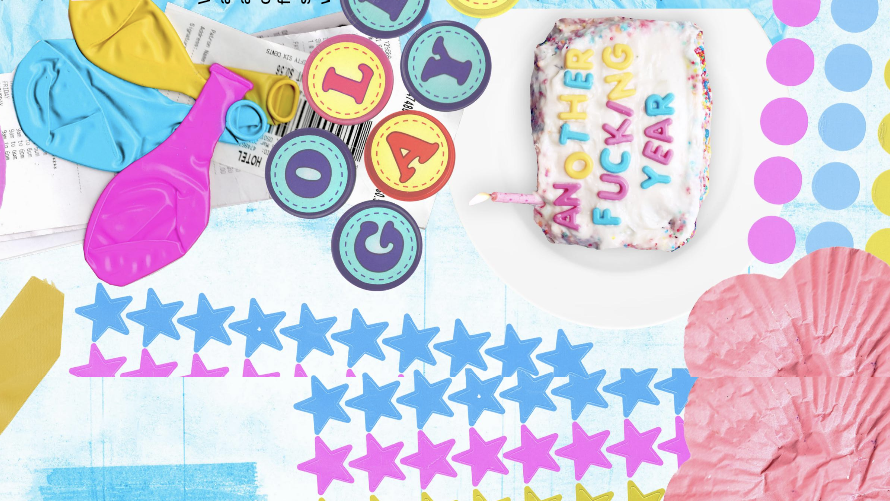Not Dead, Just Older: Why Queer Identity Shouldn’t Have a Shelf Life
Queer culture knows how to celebrate a beginning – a first kiss, a coming out, a glittering night on the town. But the stories we tell about queer life rarely make room for what happens after 25.

On uni campuses, in queer clubs, and across the algorithmic churn of dating apps, youth isn’t just aesthetic – it’s currency. Desirability, relevance, voice? All things we’re told expire with age. For queer students, that pressure hits different. Identity and visibility collapse into the same thing - be hot, be now, or be ignored.
But what happens after the party?
As queer people, we’re taught to build our lives in bursts – semesters, share houses, scenes, hookups. Everything feels urgent, temporary, and disposable. And somewhere in that pace, we rarely stop to ask: what does queer life after youth even look like?
In queer spaces, youth isn’t just celebrated – it’s canonised. The fresh face. The “rising star.” The one with the right playlist, wardrobe, body. It’s no coincidence that the majority of queer cultural exports – shows like Heartstopper, Sex Education, or even the early seasons of RuPaul’s Drag Race – spotlight youth at the centre of queer becoming. Coming out stories, first crushes, club nights, messy flatmate drama.
But growing up queer without older queer role models can make the future feel blank. In Queerstralia (2023), an ABC feature on LGBTQIA+ ageing, older queer Australians spoke candidly about the invisibility they feel, not just in society, but within their own communities. The Australian Human Rights Commission backs this up: older LGBTQIA+ people face disproportionate levels of social isolation, with ageism and a lack of intergenerational connection compounding the harm.
In other words, we don’t stop being queer when we age. We just stop being seen.
At university, the pace of queer life is breakneck. If you’re not hosting, performing, or showing up in the fit of the month, are you even visible? Especially within the arts or student media scenes, where queerness can be a brand as much as it is an identity, there’s an unspoken expiry date on who gets platformed. When student life is structured around temporary validation, event lineups, social media clout, and friend groups that self-replicate, it becomes hard to imagine a queer identity that stretches beyond trend cycles.
This isn’t about bitterness. It’s about sustainability. The problem isn’t age. It’s amnesia.
Culture has always loved queer youth: radical, sexy, new. But it’s not so good at remembering. As queer historian Dr Shirleene Robinson puts it, “by not talking about the fact that LGBTIQ+ people have a history, I think we do make people feel isolated and alone.”
When we erase queer history, we don’t just forget the past — we limit the future. That “after” matters. Because real queerness isn’t a coming-of-age montage. It’s a whole life.
When we don’t see older queer people represented as fully alive, messy, complex, joyful, we internalise a cutoff point. The result? A queer student culture obsessed with staying young, where growing older feels like fading into irrelevance or exile. No wonder so many of us hit our mid-twenties and feel like we’re ageing out of our own identity – expiring.
Instead of scrambling to stay desirable, we could be building communities where longevity is hot. Where the “older gays” aren’t punchlines but mentors. Where uni life isn’t a last gasp of queer belonging, but a launchpad for a future that doesn’t revolve around how well we perform youth.
There are glimmers of this shift. Queer collectives like LOTL (Lesbians on the Loose) and the LGBTIQ+ Health Australia Silver Rainbow project are advocating for older representation and visibility. Online, creators like Alok Vaid-Menon and Jeffrey Marsh use their platforms to discuss fluidity beyond youth. But this ethos still feels niche – subcultural, rather than central.
Because when the music fades and the house lights come on, I’m still here. And so are we.
Not dead. Just older.
And just getting started.

 -
-